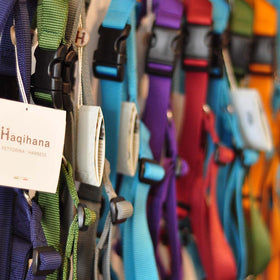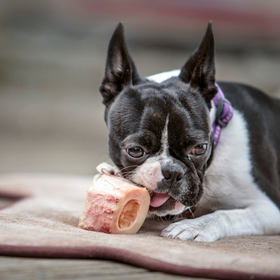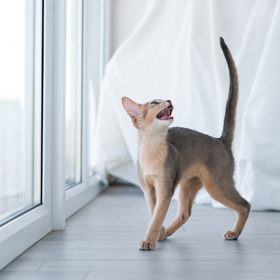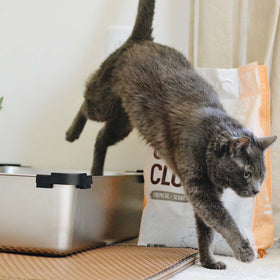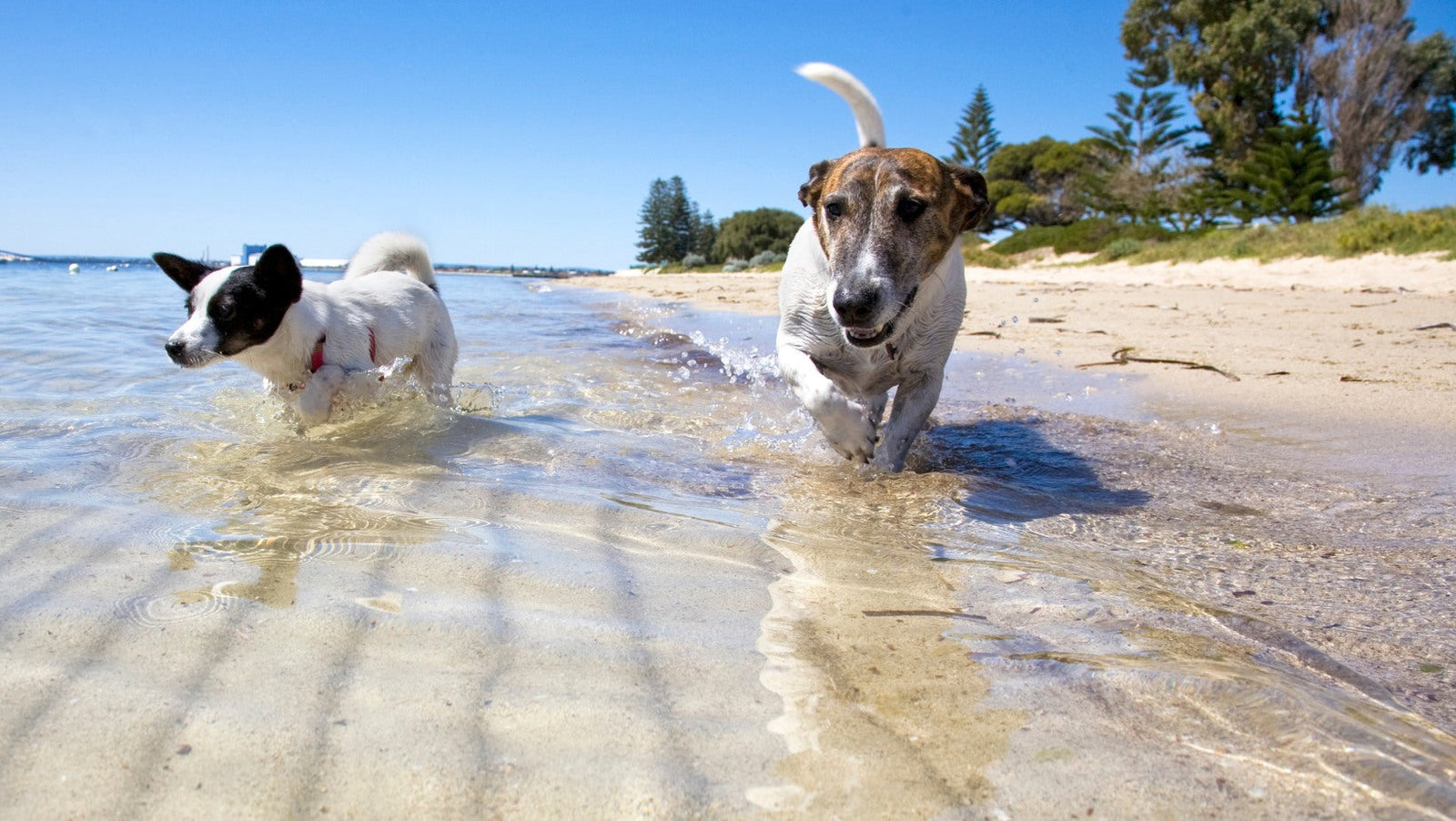
Too Hot to Handle
Warmer temperatures are here, and even though it may not feel that hot to us, for dog’s, the transition to spring and summer can be a dangerous time. With Spring emerging, everybody’s eager to get outside and get moving, which is a good thing. However, we have to be mindful of how easy it is for a dog to overheat in even slightly warmer weather.
It’s common to see posts warning about leaving pets in cars because of the devastating outcomes. While this is a worthy warning, there’s a far more common way that dogs can overheat. Exercise induced hyperthermia is actually one of the biggest risks facing many dogs.
Prolonged, intense exercise isn’t part of the canine ethogram, described as a natural set of behaviours for a species. For dogs, the exercise ethogram includes exploration, scavenging and a lot of resting and watching the world go by. This activity repertoire has also resulted in the evolution of a low number of truly anaerobic muscle fibres, the ones necessary for high intensity exercise. So anaerobic exercise leads to lactic acid build up creating a state of acidosis in the body, a major stressor for dogs during fast exercise.
During high intensity exercise internal body temperature rises rapidly. Since dogs didn’t evolve the ability to lose heat through sweat (they only have sweat glands on the base of the paws) they need an alternative process to release excess heat that’s panting. Because of this, temperature regulation remains the greatest limitation when it comes to their exercise potential.
Regarding the individual physiology of dogs, many are not ever meant to be shaved. It might seem like you’re doing your husky, golden retriever or aussie shepherd a favour, but these breeds and many others have what’s called a double coat. This type of fur actually helps them regulate their internal temperatures when the environmental ones fluctuate.
As we move into this glorious spring/summer season, think of slowing things down for your dog. Keep outings short, choose to go out at cooler times of day/evening and watch your dogs closely. Some of our favourite activities for the warmer months are:
- Slow walks with lots of exploring and investigating
- Setting up enriched environments in the home/garden
- Driving to water to wade, walk in and cool down
- Social time with a friend
- Enjoy a delicious frozen treat
- Just being together with their favourite human and/or animal attachments
- If you live locally, try out our indoor enriched space, The Scent Den
What you can do to help cool them:
- Get them to a cool area
- Wet them down with water. It should be cool but not cold, as cooling too quickly can be dangerous
- Place a fan close by
- Provide water as they cool down
- Get them to a vet as soon as possible
Like us, every dog is different and some will tolerate warmer temperatures better than others. A Frenchie, for example, will be far less comfortable in even 18 degree weather than, say, a Vizsla. It’s important to know your dog well and recognize when it’s too warm for them.

